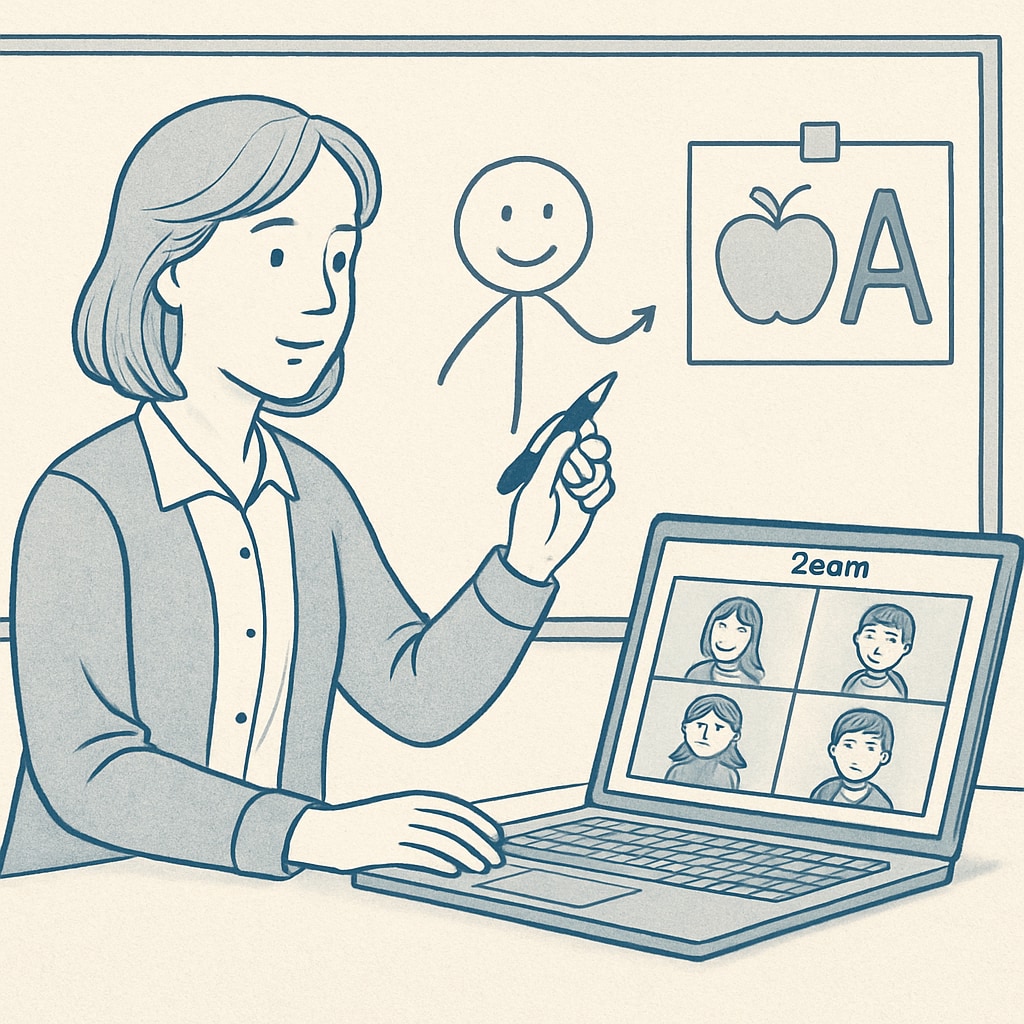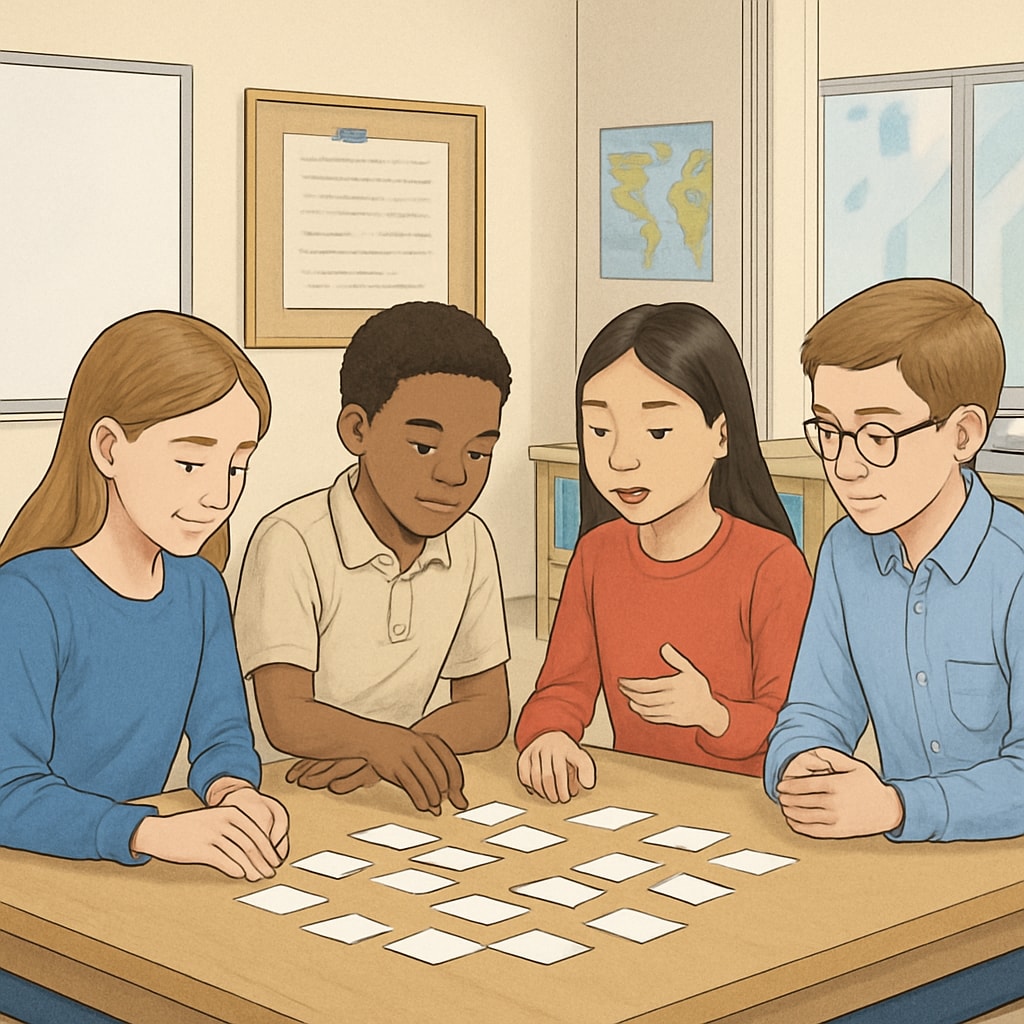In the world of K12 education, Zoom and REZoom activities offer exciting opportunities for interactive learning. However, one common challenge faced by educators is the absence of an official answer key, which can make these tools feel incomplete. Instead of seeing this as a roadblock, teachers can turn it into an opportunity to foster critical thinking and creativity. This article will explore three key strategies—self-designed content, peer collaboration, and student input—that enable educators to maximize the value of Zoom/REZoom activities without relying on a predefined answer key.
Embracing Flexibility: Self-Designed Content
Without an official answer key, educators have the freedom to tailor Zoom/REZoom activities to fit the needs of their students. By creating custom solutions, teachers can align the activity with specific learning goals, making it more relevant and engaging. For example, if the activity involves sequencing images or concepts, educators can introduce variations based on the subject matter, such as historical timelines in social studies or scientific processes in biology.
To design meaningful content, educators can start by identifying the core concepts they want their students to learn. Next, they can organize these concepts visually to suit the Zoom/REZoom format. This approach not only supports differentiated instruction but also ensures that students engage deeply with the material.

Leveraging Peer Collaboration for Deeper Learning
Another way to enhance Zoom/REZoom activities is by encouraging collaboration among students. Peer interaction fosters the sharing of diverse perspectives and enhances problem-solving skills. Teachers can divide students into small groups and assign each group a segment of the activity to analyze and solve collectively. By working together, students learn to communicate effectively, analyze different viewpoints, and arrive at a consensus.
For instance, in a REZoom activity that involves rebuilding a sequence, students can debate the order of elements based on their understanding of the topic. The absence of a definitive answer key encourages open-ended discussions, which are vital for developing critical thinking skills.

Empowering Students Through Active Participation
Student participation plays a key role in maximizing the potential of Zoom/REZoom activities. When students are invited to contribute their own ideas, they take ownership of their learning process. Teachers can encourage students to create their own REZoom sequences or propose alternative solutions to existing activities. This not only boosts creativity but also builds confidence and engagement.
For example, a science teacher might ask students to design a Zoom activity that illustrates the food chain. Each student could contribute a component, such as a predator or prey, and explain its role within the ecosystem. This student-led approach transforms the classroom into a collaborative learning environment.
Transforming Challenges into Opportunities
While the lack of an official answer key for Zoom/REZoom activities can initially seem like a drawback, it actually opens the door to greater creativity and flexibility. By taking a proactive approach, teachers can transform this challenge into an opportunity to foster critical thinking, collaboration, and innovation among their students. Whether through self-designed content, peer collaboration, or active student participation, educators can make these activities an invaluable part of their instructional toolkit.
In conclusion, Zoom/REZoom activities are more than just tools for classroom interaction—they are platforms for growth and exploration. By reimagining the way these activities are used, educators can unlock their full potential, even in the absence of an official answer key.
Readability guidance: Use short paragraphs and lists to summarize key points; include transition words like “however,” “therefore,” and “for example” to enhance flow; limit passive voice and long sentences to maintain clarity.


